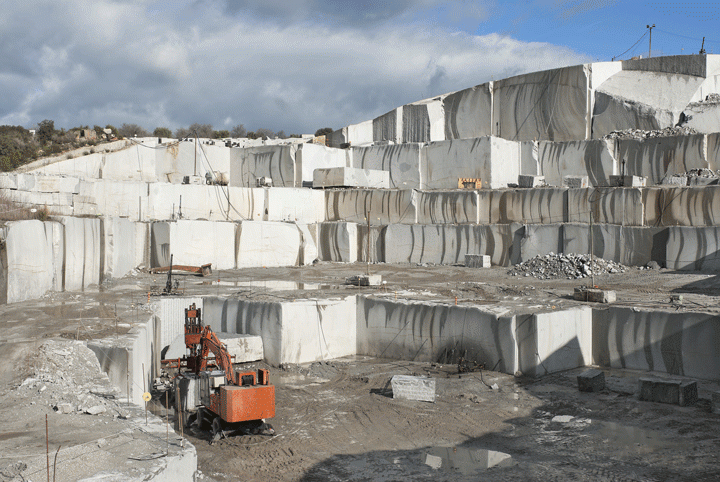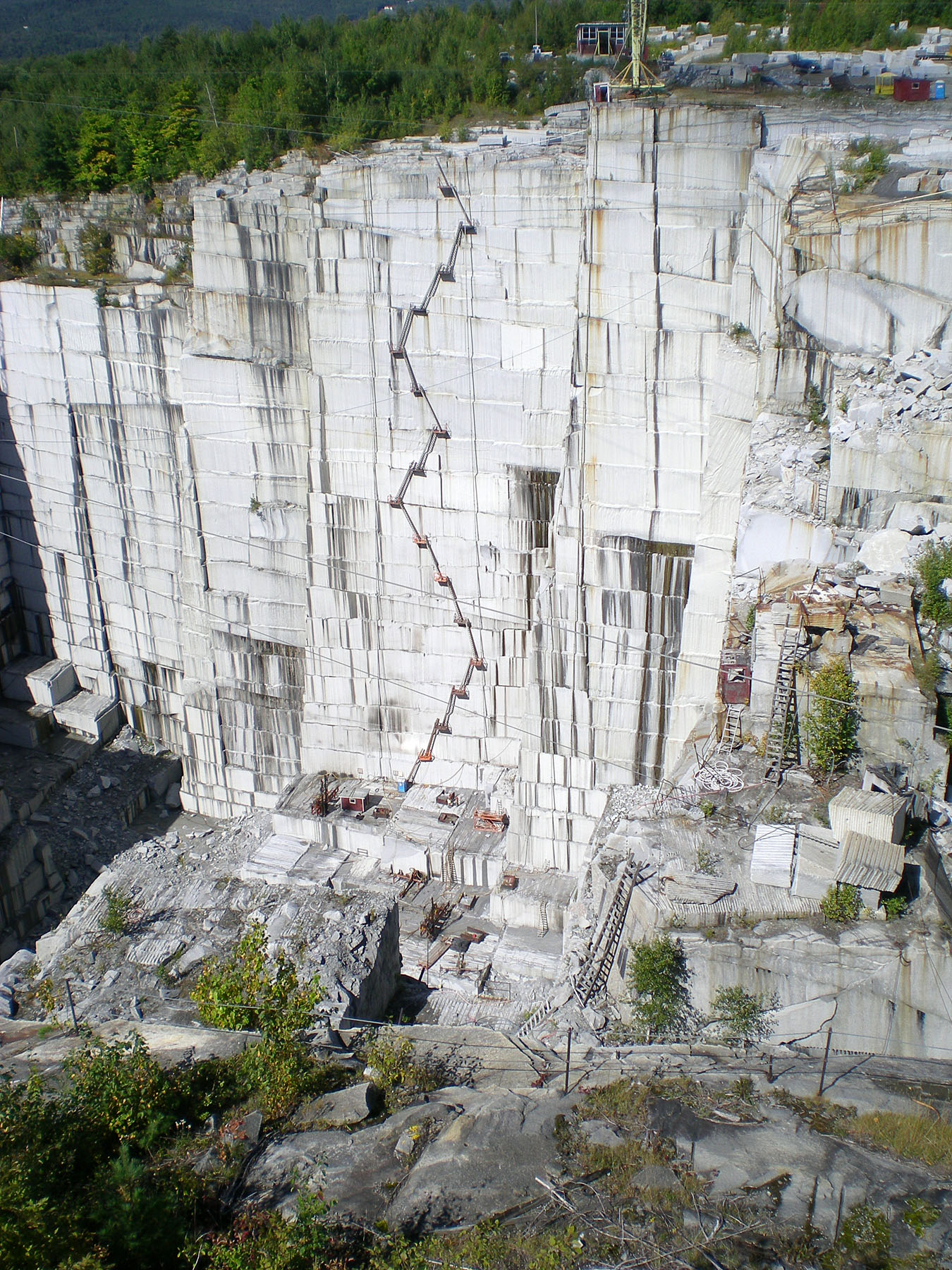Checking Out Granite Quarries in South Africa: A Comprehensive Guide
Checking Out Granite Quarries in South Africa: A Comprehensive Guide
Blog Article
Unearthing the Rich Background and Sustainable Practices of Granite Quarrying
As we base on the precipice of uncovering the complex tapestry of granite quarrying, a journey with time reveals not just the physical act of drawing out rock however also the cultural and historical importance woven into the very fabric of this practice. From the old beginnings that laid the foundation for modern-day quarrying techniques to the lasting techniques that are shaping the future of this sector, each chisel mark on granite surfaces informs a tale waiting to be unearthed (granite quarries in south africa). The tradition of granite quarrying stretches far beyond mere removal; it is a testimony to human ingenuity, strength, and the long-lasting attraction of this impressive rock
Ancient Beginnings of Granite Quarrying
Dating back to old civilizations, the technique of quarrying granite has actually been an important component of human history and building innovation. The earliest proof of granite quarrying dates back to old Egypt, where enormous pyramids and detailed sculptures were crafted from this resilient rock. The Egyptians utilized primitive tools to extract granite blocks from quarries, showcasing the value of this product in their significant building and constructions.
Moving on in history, the Greeks also made significant payments to the quarrying of granite. The Greeks made use of granite in numerous building wonders, such as holy places and statuaries, demonstrating their ability in shaping and sculpting this sturdy stone. The Romans even more fine-tuned the strategies of quarrying granite, employing advanced devices like knives and hammers to remove and form granite for their famous structures.
With the centuries, the technique of quarrying granite has developed, with modern-day technologies boosting performance while preserving the ageless appeal of this natural stone - granite quarries in south africa. From old human beings to modern building contractors, the heritage of granite quarrying remains to form our world
Evolution of Quarrying Strategies
The development of quarrying strategies has been noted by a continuous development towards better efficiency and accuracy in extracting granite. Early quarrying methods involved hands-on labor with standard devices such as blades, hammers, and wedges to remove granite blocks from the earth.
In more current times, the arrival of machinery changed the quarrying industry, allowing much faster extraction rates and raised efficiency. Technologies such as ruby wire saws, high-pressure water jets, and pneumatic drills have come to be common in modern-day quarries, permitting accurate cutting and lowered waste. Furthermore, advancements in computer-controlled equipment and 3D modeling have maximized quarrying procedures, resulting in very little ecological influence and boosted sustainability practices. As the need for granite remains to increase, the evolution moved here of quarrying methods continues to be integral to meeting industry needs efficiently and sustainably.
Cultural Significance of Granite
Granite holds a profound cultural significance throughout various civilizations due to its long-lasting presence in building work of arts and admired monoliths. The social importance of granite expands past its physical features; it symbolizes strength, stability, and eternity, making it a symbol of sustaining traditions and traditions.

Lasting Practices in Quarrying
In the middle of the abundant history of granite quarrying and its social importance lies a growing emphasis on lasting practices within the market. As ecological understanding and worries concerning source depletion have increased internationally, the quarrying market has actually significantly welcomed sustainable methods to reduce its influence on the environment and surrounding communities.

Additionally, reclamation and recovery of quarry directory sites post-extraction are important to sustainable methods. By bring back quarried locations to an all-natural or useful state, such as creating wildlife environments or leisure spaces, quarriers can balance out the ecological impact of their operations and add positively to the local environment.
Tradition of Granite Quarrying
With a historic background soaked in craftsmanship and industrial development, what enduring effect has granite quarrying left on the landscape of modern-day society? The heritage of granite quarrying goes beyond mere removal techniques; it has shaped architectural wonders, metropolitan landscapes, and social heritage worldwide. The sturdy nature of granite has made it a preferred selection for monuments, buildings, and facilities, standing as click to investigate a testimony to the ability and artistry of quarry workers across generations.
In addition, the economic footprint of granite quarrying can not be overlooked. The market remains to provide job opportunity and drive neighborhood economies in areas where granite extraction is widespread. It has likewise stimulated technical improvements in quarrying methods and tools, bring about extra reliable and sustainable practices.
In regards to sustainability, the tradition of granite quarrying consists of initiatives to alleviate ecological influences through reclamation tasks and liable resource management. By stabilizing financial interests with environmental stewardship, the industry aims to make certain that future generations can continue to profit from this long-lasting natural deposit.
Conclusion

Report this page